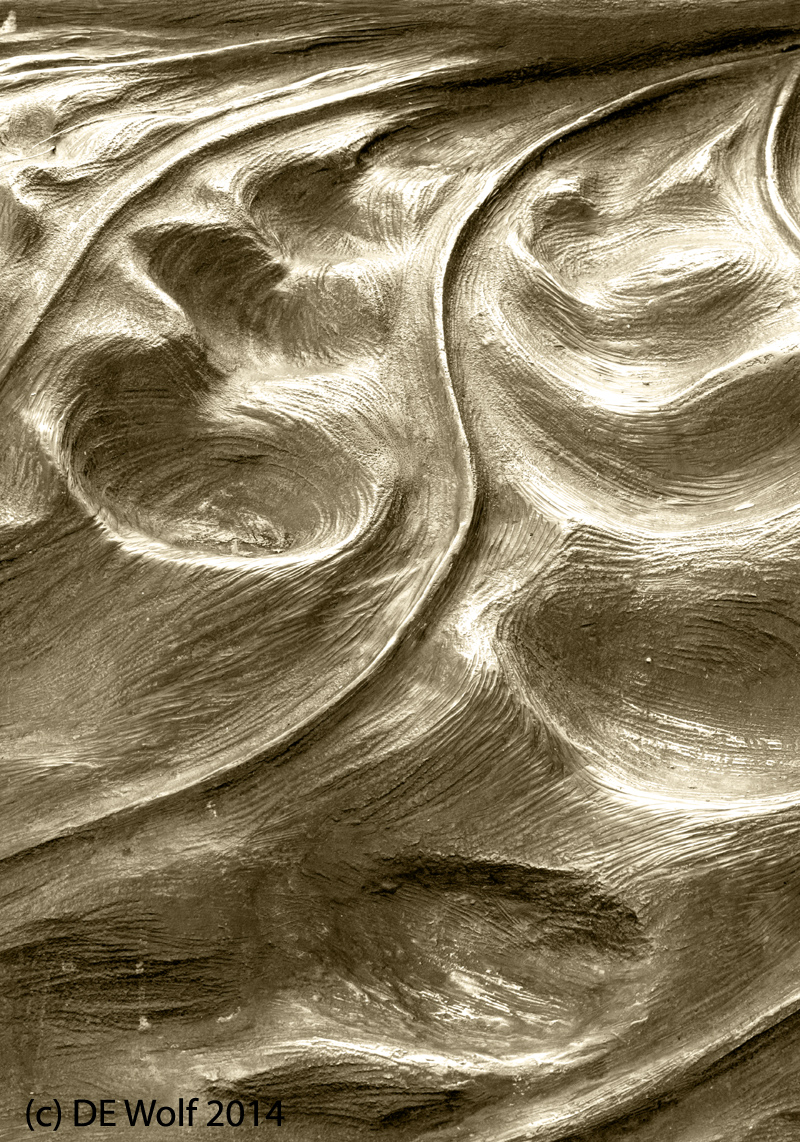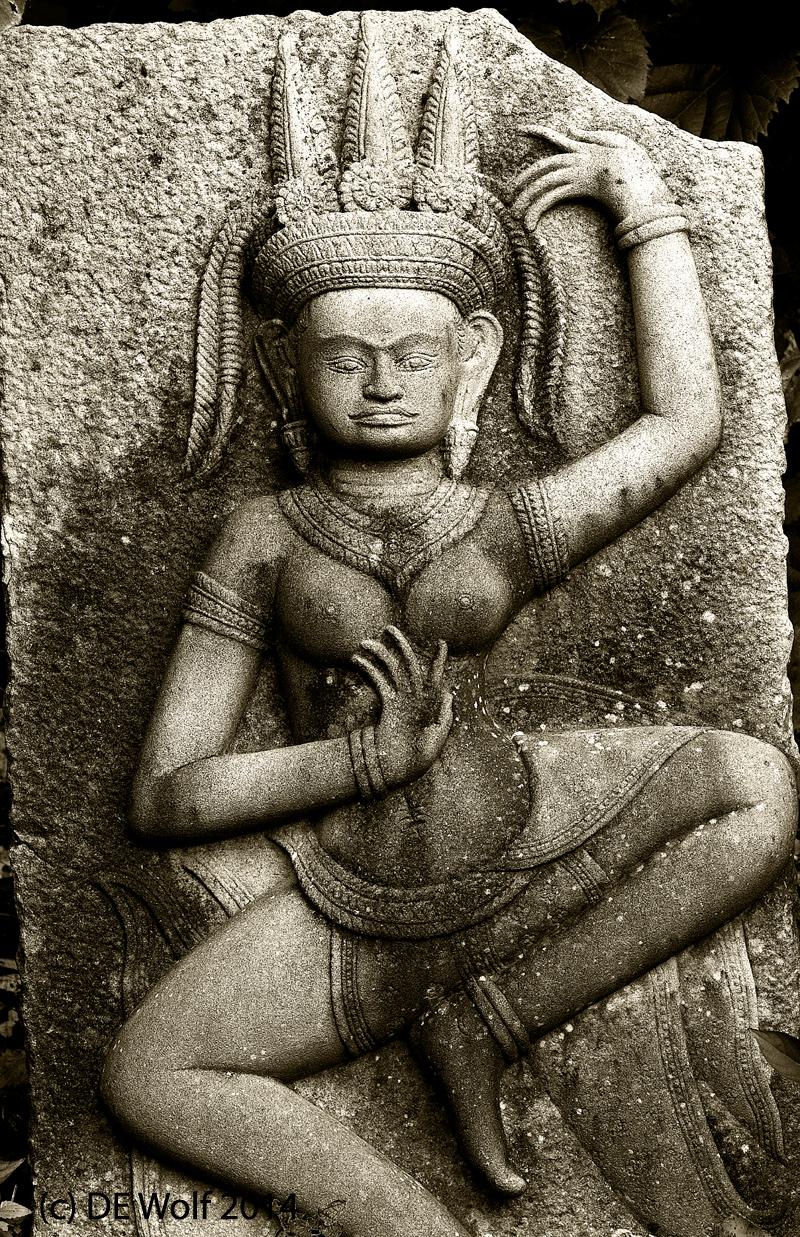One of the things that I find that I love most to photograph is sculpture. There is a certain serenity to it. I used to think that it was a bit of a cheat. You let the sculptor do the creative part, to find and put the emotional part into the piece. But, of course, that is very far from the facts. Yes, it represents a derivative art form. However, that is merely a superficial element of the creative process. It is just a beginning. That is the very point. It is the beginning of an enhanced experience of the piece, of a propagation, if you will, of creativity.
There are two favorite materials: bronze and stone, preferably marble. And each of these has its own special qualities. It is the unique way that each of these interacts with light that is photographically appealing. Surprisingly, I find that a flat light is often the best, as bright light tends to create an excessive contrast. The raw materials can be a bit overwhelming, and the real appeal comes with age and patina, subtle forms of oxidation, less subtle forms of urban pollution, and, yes, even molds and lichens. These all create a defining signature to the material.
The hand of a sculptor defines a significant genesis, and the photographer augments this creation by interpreting how the piece interacts with light. Sculpture takes a chaotic material, essentially void of form, and puts order in it. This is the extraction of order out of random chaos and is symbolic of, indeed mirrors, both the physical and biological evolution of our own world and universe.
I am posting today two photographs that I took at the Olbrich Botanical Gardens in Madison, WI. This is a wonderful place, created and maintained by an army of talented, creative people. Figure 1 is a bronze leaf that children like to crawl under. Shortly after I took this image we watched a mother crawl under it to extract a gleeful toddler. I chose to photograph close. The leaf gestalt is lost, but what reams is waves of bronze. As always with such subjects I carefully worked on the highlights with a fine brush dodging tool. The magic of bronze lies in these highlights.
Figure 2 is a stone relief that sits, as if randomly, among the flowers of the Thai garden. The edges of the stone are cut as if to say that this is sound ruin or relic. There is a dark patina, which I suspect is intentionally added, again to indicate or mimic antiquity. I love this dancing figure.
In both cases the light was diffuse and dull. It illuminates evenly and doesn’t create hard shadows. It requires a bit of local brightening, but in the end the three-dimensional affect is there but not over whelming.
Leaf – Canon T2i with EF70-200mm f/4L USM lens at 70 mm, ISO 1600, Auto AE-Priority Mode, 1/250th sec at f/8.0 with no exposure compensation.
Dancer – Canon T2i with EF70-200mm f/4L USM lens at 87 mm, ISO 1600, Auto AE-Priority Mode, 1/400th sec at f/11.0 with no exposure compensation.



Wow that first photo is really amazing!